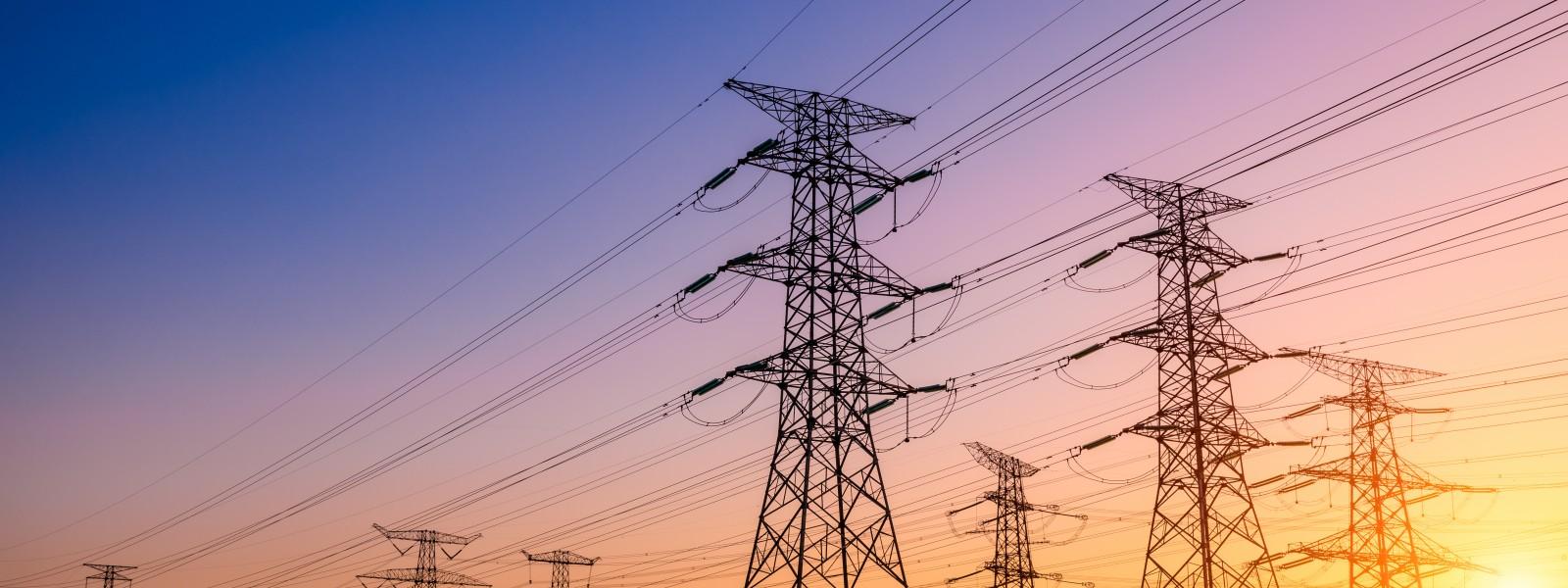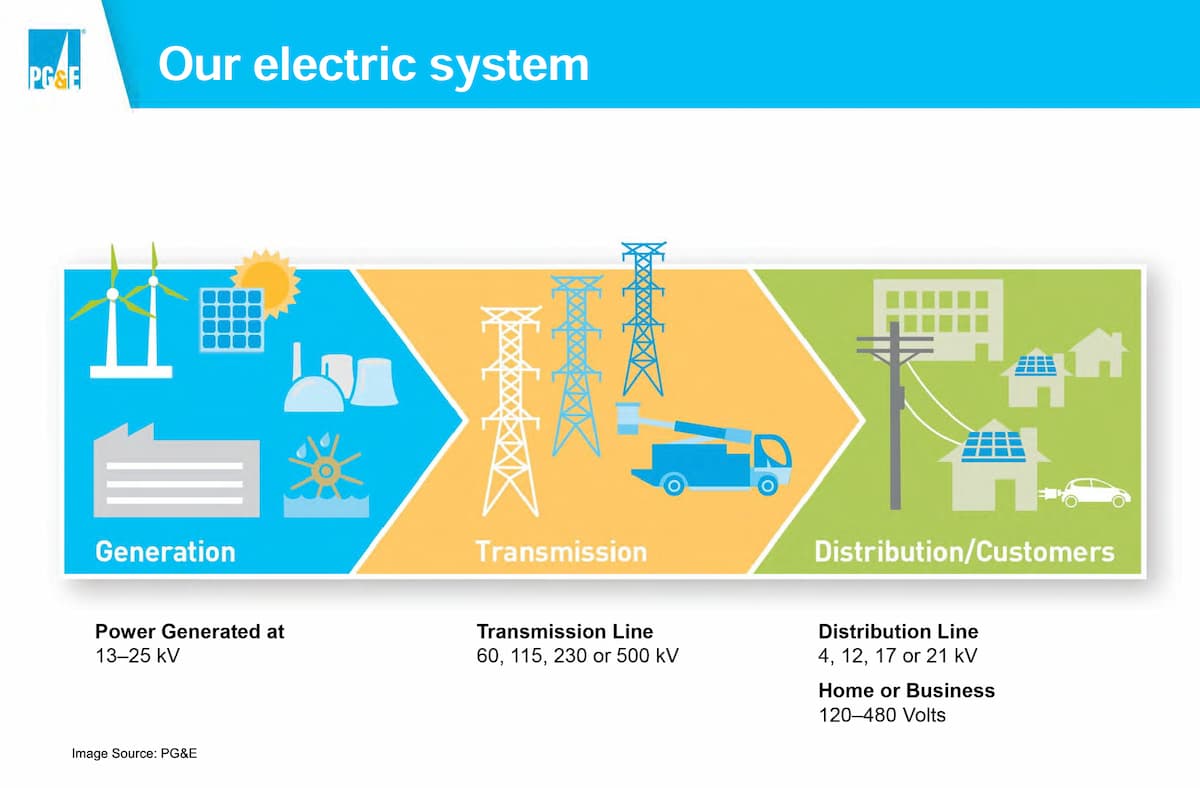
Ensuring Electrical Grid Resilience: A Guide for SF East Bay Area Homeowners
Welcome to our guide on ensuring electrical grid resilience for homeowners in the SF East Bay Area. In this article, we'll explore the importance of a resilient electrical system and provide practical tips to help you safeguard your home against grid disruptions.

Understanding the Electrical Grid
The electrical grid forms the backbone of our energy infrastructure. Here's what you need to know:
-
The Components: The electrical grid consists of power generation plants, transmission lines, substations, and distribution networks that deliver electricity to our homes.
-
Distribution Challenges: Grid failures or outages can occur due to severe weather events, equipment failures, wildfires, and increased electricity demand.
Common Causes of Grid Disruptions
Let's take a closer look at the common causes of grid disruptions in the East Bay Area:
-
Severe Weather Events: Storms, high winds, hot weather, and heavy rainfall can damage power infrastructure and cause outages.
-
PSPS Events: High winds can bring tree branches and debris into contact with energized lines, damage equipment and ignite a wildfire. As a result, PG&E may turn off power during severe weather to help prevent wildfires. This is called a Public Safety Power Shutoff (PSPS).
-
Wildfires: The East Bay Area is prone to wildfires, which can lead to power outages for safety reasons.
-
Equipment Failures: Aging infrastructure or equipment malfunctions can result in unexpected power disruptions.
-
Increased Demand: During peak usage periods, such as heatwaves, the grid may experience strain and lead to temporary outages.
Importance of Grid Resilience for Homeowners
Why should you care about grid resilience? Here are a few reasons:
-
Safety and Security: A resilient electrical system ensures a safe and secure environment for you and your family.
-
Continuous Power Supply: With grid resilience measures in place, you can minimize downtime during outages and maintain essential services.
-
Renewable Energy Adoption: Enhancing grid resilience opens the door to renewable energy generation and storage options, reducing dependence on the grid.
-
Long-Term Savings: By investing in grid resilience, you can potentially reduce energy costs and take advantage of incentives.
Enhancing Grid Resilience at Home
Here are some practical steps you can take to enhance grid resilience at your home:
-
Solar Power Systems: Install solar panels on your rooftop to generate clean and renewable energy.
-
Energy Storage Solutions: Pair your solar panels with energy storage batteries to store excess energy and use it during outages.
-
Energy Efficiency: Opt for energy-efficient appliances, heat pumps, LED lighting, and smart thermostats to reduce your overall energy consumption.
-
Regular Maintenance: Schedule periodic inspections and maintenance for your electrical systems to ensure their reliability and safety.
-
Emergency Preparedness: Create an emergency plan that includes backup power sources, essential supplies, and communication strategies.
Financial Considerations and Incentives
Consider the financial aspects of grid resilience investments:
-
Initial Costs: While there might be upfront costs associated with installing solar panels and energy storage, they can provide long-term savings.
-
Incentives and Rebates: Check for any available incentives, tax credits, or rebates offered by the government or utility companies to offset installation costs.
Engaging with Professionals
When it comes to improving grid resilience, it's essential to work with qualified professionals who are licensed, bonded and insured for the type of work they’re performing:
-
Consultation: Reach out to licensed solar and electrical contractors for expert advice tailored to your specific needs.
-
Services Provided: Professionals can assist with system design, installation, maintenance, and addressing any electrical concerns you may have.
Conclusion
Investing in electrical grid resilience is a proactive step toward securing your home's energy future. By implementing the right measures and working with professionals, you can ensure a safe, reliable, and resilient electrical system for your household. Start taking action today and explore the possibilities of a more resilient home.
Still, have questions? Looking for information on electrification, grid independence, and grid resiliency? Feel free to contact Got Watts to discuss your project and possible incentives.
